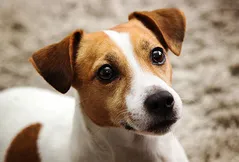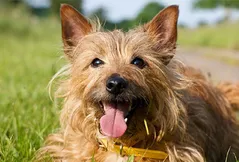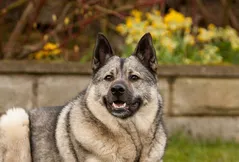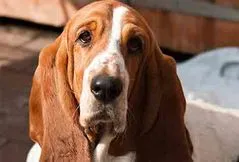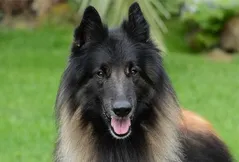
Belgian Tervuren
The elegant, agile Belgian Tervuren is a bright and self-assured herding dog of medium size, known to be affectionate and possessive with loved ones.
Overall Status
| Height | 22 to 26 inches |
| Temperament | Courageous, Alert, Intelligent |
| Weight | 40 to 75 pounds |
| Life Expectancy | 2 to 14 years |
| Coat Color | Black, Brindle, Fawn & Black, Mahogany & Black, Bl |
| Barking Level | When Necessery |
Quick Factors
| Playfulness | |
| Dog Friendly | |
| Exercise Need | |
| Grooming Needs | |
| Strangers Friendly | |
| Family Affectionate |
Daily Care
Grooming Tips
The Belgian Tervuren has a double-layer coat, with a dense, protective undercoat covered by a harsher outer coat. For most of the year, all that’s required to groom him is a quick but thorough brushing once or twice a week with a pin brush and a slicker brush. Duringsheddingseason, however, which occurs at least once a year, these sessions expand to 15 or 20 minutes and may become a bit more frequent, and a rake is added to the toolkit to help remove all the dead hair. As with all breeds, the Terv’snailsshould be trimmed regularly.
Exercise Tips
The Belgian Tervuren’s AKC standard says the breed is “always in motion, seemingly never tiring ….” So, yes, this is a dog who needs a lot ofexercisesevery day. Lots of hard work and challenging play—preferably with his owner rather than by himself—are a Terv’s idea of heaven. This is not a breed for everyone, and a Terv owner should expect to spend a good amount of active quality time with his canine friend. Its strong herding instinct and quick intelligence make the breed suitable for any number of activities, includingherding,agility, andobediencecompetitions, mushing and Schutzhund (protection) activities.
Feeding Tips
TheBelgian Tervuren should do well on high-quality dog food, whether commercially manufactured or home-prepared with your veterinarian’s supervision and approval. Any diet should be appropriate to the dog’s age (puppy, adult, or senior). Some dogs are prone to gettingoverweight, so watch your dog’s calorie consumption and weight level.Treatscan be an important aid in training, but giving too many can cause obesity. Learn about whichhuman foodsare safe for dogs, and which are not. Check with your vet if you have any concerns about your dog’s weight or diet.Clean, fresh water should be available at all times.
Health Tips
The Belgian Tervuren is typically a healthy breed, and aresponsible breederwill screen breeding stock for health conditions such aship dysplasia, a malformation of the hip joint; elbow dysplasia; progressive retinal atrophy, which causes vision loss and blindness; and epilepsy. As with all breeds, a Terv’s ears should be checked regularly for signs ofinfection, and theteethshould be brushed regularly.
Trainability
Socializationandobedience trainingis a must for the Belgian Tervuren. Exposing the puppy to a wide variety of people, places, and situations will help him develop into a well-adjusted, well-mannered adult. A Terv’s intelligence and independence can lead him into trouble if he’s not trained to channel his boundless energy into acceptable activities. Tervs tend to be play-oriented and surprisingly sensitive, which means that harsh training methods seldom work, but turning the task into a game always does. Tervs take genuine delight in their ability to master a new task.
History
Belgian Tervuren is one of four Belgian herding breeds so similar that once they were recognized as a single breed, the big difference being coat type: Tervs (longhaired, “blackened” fawn or red),Belgian Sheepdogs(longhaired, black),Malinois(shorthaired), andLaekenois(wirehaired).Known in their homeland as the Chien de Berger Belge, the breed’s English name derives from the village of Tervuren, the home of master breeder M.F. Corbeil. In the early years of the 20th century, Corbeel made judicious crosses between black dogs and fawn dogs to standardize the modern Terv.Before the industrial age, the farmers of Belgium had a great need for all-around herding and guard dog. The protective instinct of these dogs provided security for farm and family, and their herding abilities assisted with guarding and moving stock. The mental development of the breed as a versatile helper and an attentive companion paralleled the physical evolution of a medium-sized, well-balanced dog of strength and stamina.Since the rise of mechanized farming, Terv owners have found new outlets for their breed’s renowned work ethic and versatility, forged long ago in Belgium’s pastures and barnyards. Today’s Tervs are employed as military and police K-9s, search-and-rescue workers, service dogs for the disabled, actors (in the movie “The Company of Wolves,” the wolves are played by Tervs), and champions at dog shows, on agility courses, and in obedience and herding trials.

